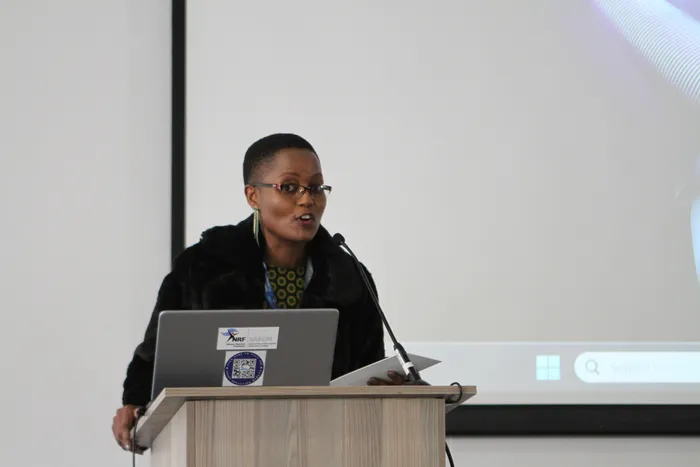Floods and climate resilience: key findings from South Africa's weather-related disasters study

File image of damages caused by the April 2024 flash flood in Margate on the KZN South Coast.
Image: Johan Steyn
As the death toll rises to 67 from the recent floods in the Eastern Cape, Dr Mary-Jane Bopape., Managing Director of the South African Environmental Observation Network (NRF-SAEON), along with her research collaborators, just released a comprehensive analysis of weather-related disasters in South Africa from 1980 to 2023.
The research, utilising data from respected sources such as the Emergency Events Database (EM-DAT) and synoptic charts provided by the South African Weather Service, offers critical insights that are set to transform our understanding of climate resilience and disaster management.
The study, which draws on sophisticated meteorological reanalyses such as the fifth generation European Centre for Medium Range Weather Forecasting reanalysis (ERA5) and data from the European Organisation for the Exploitation of Meteorological Satellites (EUMETSAT), identifies floods and storms as the most recurrent weather-related disasters faced in South Africa. Notably, KwaZulu-Natal (KZN) province is highlighted as the most affected region, with the eThekwini Metropolitan Municipality emerging as the area with the highest number of recorded disaster events across the entire country.
Remarkably, while KZN is known for its high rainfall, the research indicates that eThekwini does not necessarily experience more rainfall compared to other districts within the province. This surprising outcome suggests that human factors tied to urbanisation may exacerbate the impacts of weather-related disasters in these metropolitan areas.

The Managing Director of the South African Environmental Observation Network (NRF- SAEON), Dr Mary-Jane Bopape
Image: Supplied
"With these insights, we can better inform climate resilience strategies and proactive disaster management efforts. This important contribution to the field paves the way for more effective responses to climate challenges and disaster preparedness in our communities," says Dr Bopape. Her vision is clear: to leverage this study's findings for the benefit of future policies and community safety.
Across South Africa, the research highlights that major urban centres, particularly the eThekwini, Johannesburg, Ekurhuleni, and Cape Town metropolises, report significant occurrences of weather-related disasters. Notably, Johannesburg has been identified as a hotspot for floods, while Ekurhuleni leads in storm incidents within Gauteng province. However, urbanisation patterns may play a pivotal role in shaping disaster outcomes, with Gauteng noted for reporting the fewest droughts, likely due to its urban character.
The implications of this study extend beyond mere statistics. It underscores the complex interplay between climatic, geographic, and socio-economic factors that underpin the frequency and severity of weather-related hazards. For example, while KZN’s frequent disasters could be influenced by its proximity to warmer Indian Ocean waters, the absence of increased rainfall in eThekwini calls for deeper inquiry into what drives these patterns.
This groundbreaking work sets the stage for further exploration into how South Africa can harness this knowledge to bolster its climate resilience and adapt to the challenges posed by a changing environment. To this end, the insights arising from Dr Bopape’s research not only enrich academic discourse but also serve as a crucial resource for policymakers and community leaders striving for proactive disaster preparedness.